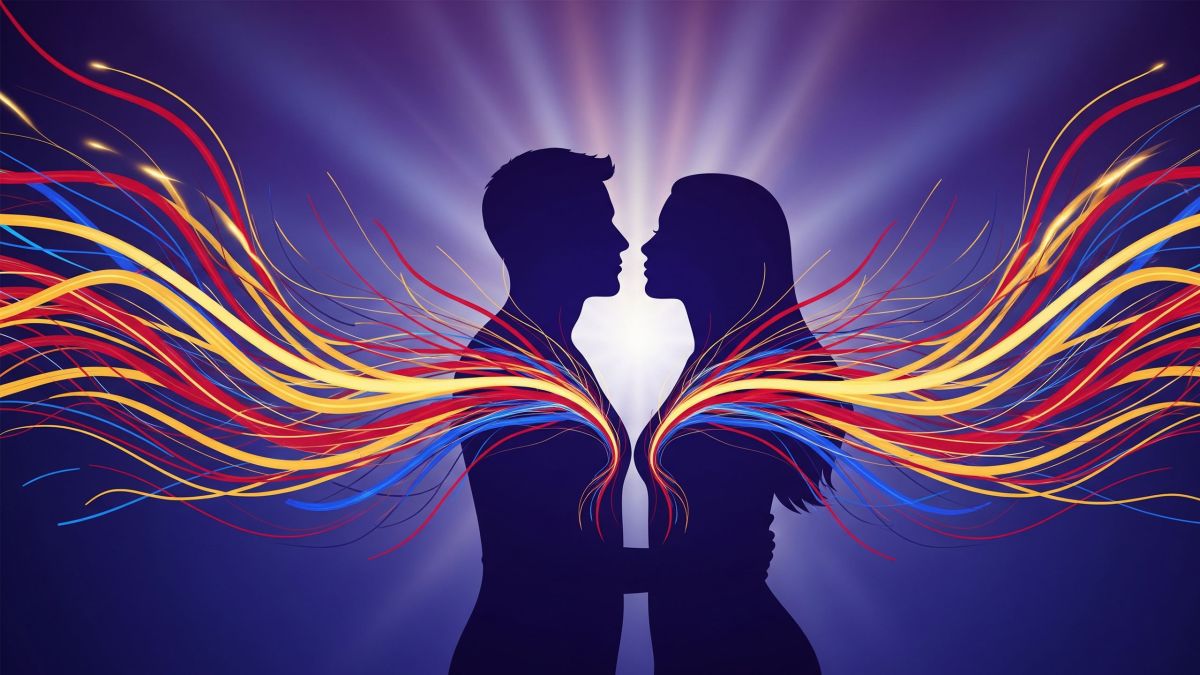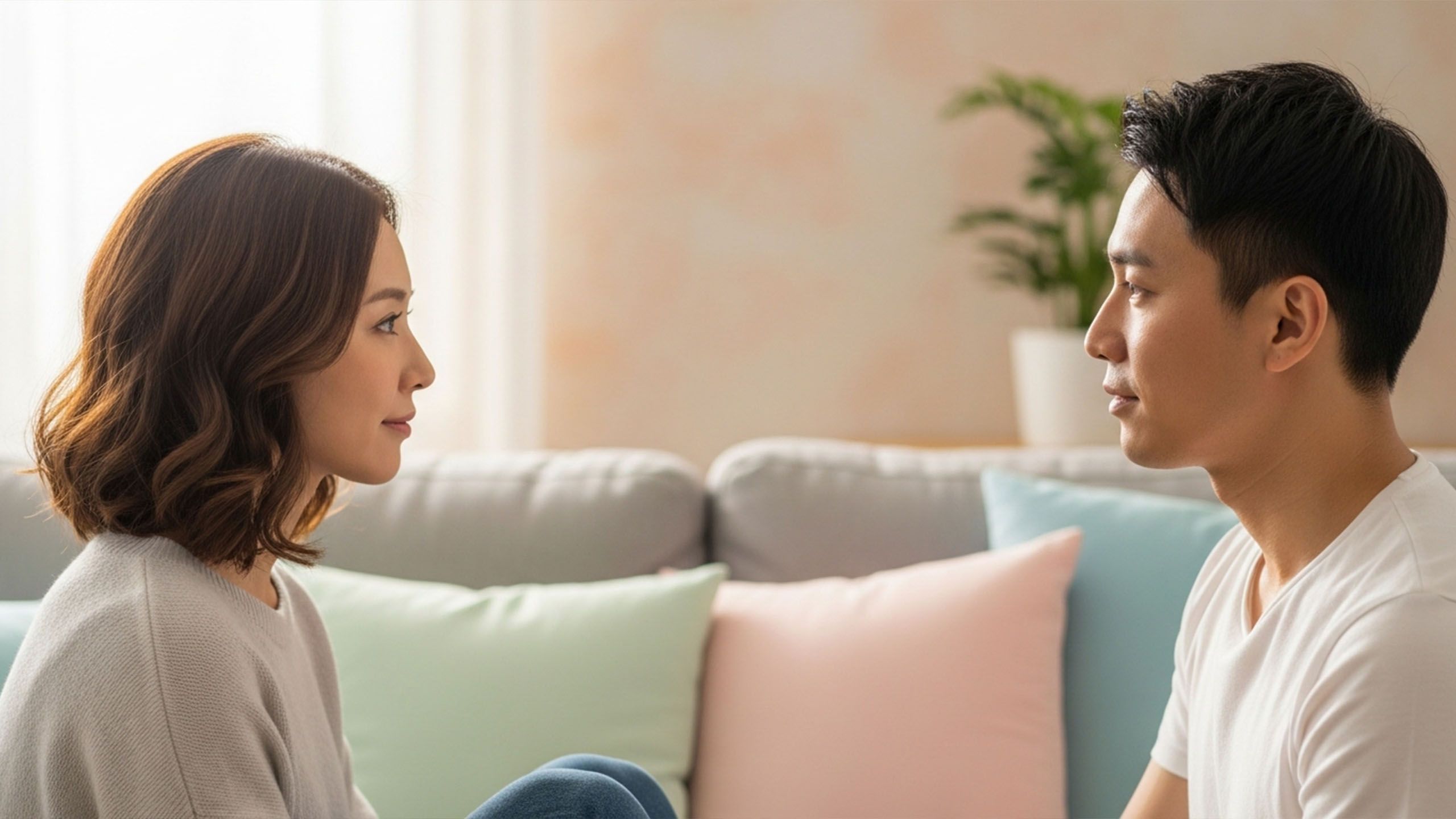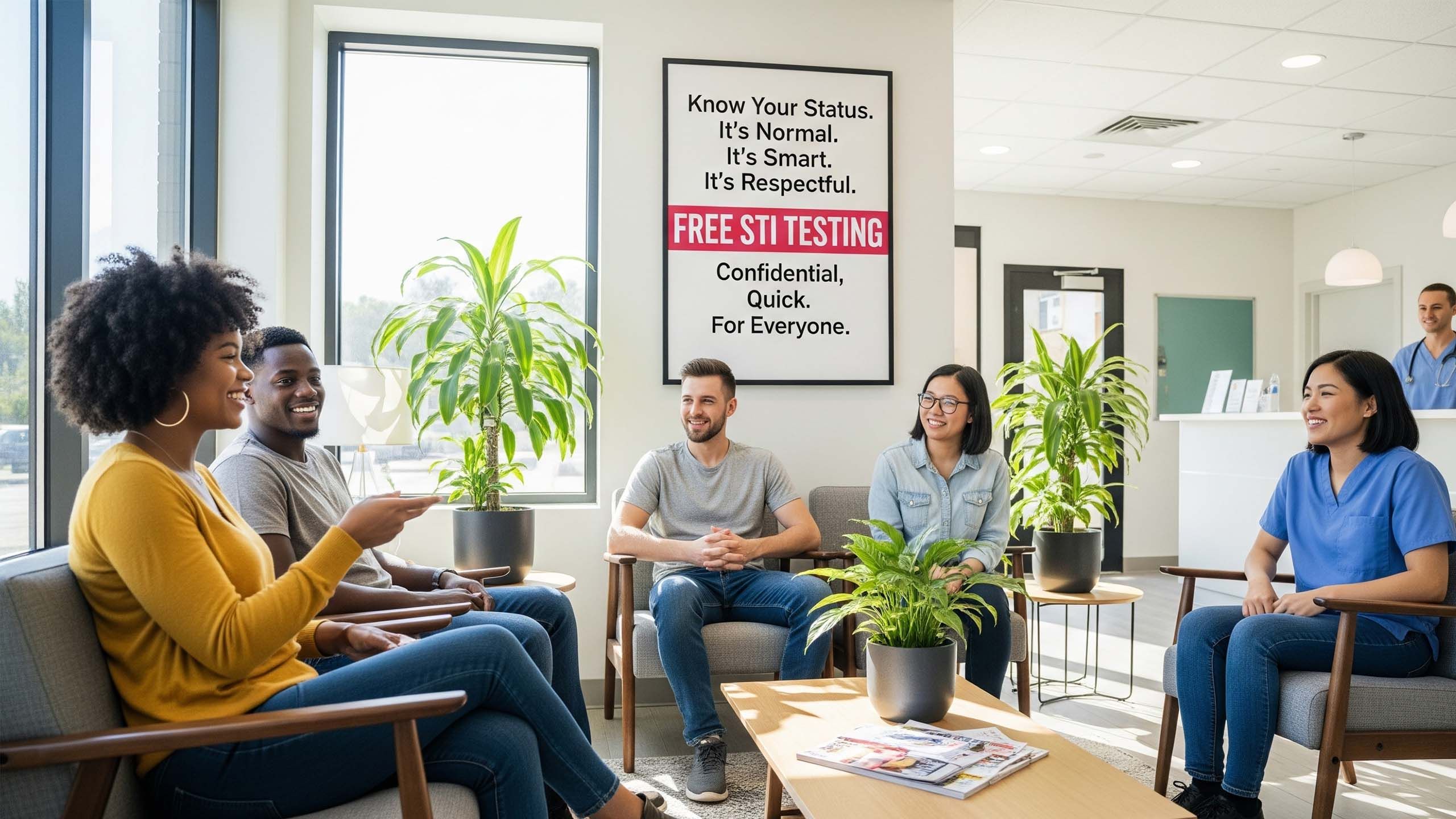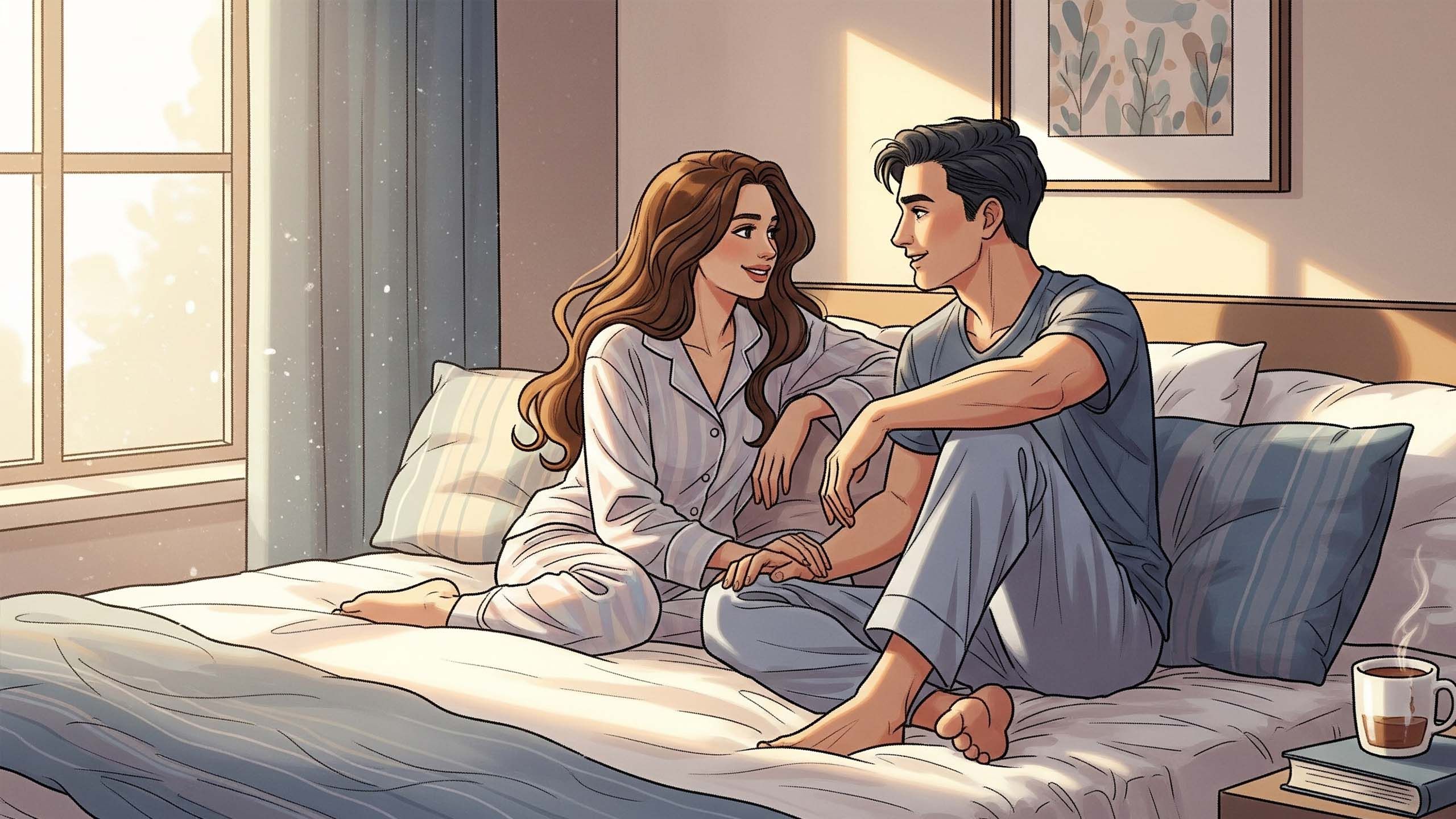What Is Sexual Desire? Understanding the Many Ways It Shows Up

Sexual desire is a complex human experience that can mean different things to different people. It is not limited to physical attraction or arousal but can involve emotions, imagination, and personal context. By exploring how sexual desire appears in daily life, we can better understand its many forms without reducing it to a single definition.
Defining Sexual Desire
At its core, sexual desire is the interest or motivation to engage in sexual activity. It can be spontaneous, emerging without any clear trigger, or responsive, arising in reaction to certain situations, people, or feelings. Desire is not always constant; it can fluctuate based on health, stress levels, relationships, and individual temperament.
Sexual desire is not the same as sexual activity. Some people may experience strong desire without acting on it, while others may engage in sexual activity without feeling a significant sense of desire at the time. Both experiences are valid and part of the wide range of human sexuality.
Biological Influences
Certain biological factors can shape sexual desire. Hormones such as testosterone, estrogen, and dopamine play key roles in regulating sexual motivation. Neurological pathways in the brain influence how people process arousal, attraction, and reward. For some, fluctuations in hormones—such as during puberty, pregnancy, or menopause—can affect how desire is felt.
Other physical factors like sleep, exercise, and overall health can also influence the intensity or frequency of sexual desire. For example, fatigue, illness, or certain medications may reduce interest in sexual activity.
Psychological and Emotional Influences
Emotions often play a major role in shaping sexual desire. Feelings of closeness, security, or affection may encourage desire, while stress, anxiety, or low self-esteem may decrease it. For many people, sexual desire is tied not only to physical attraction but also to emotional connection.
Mental health is another important factor. Conditions such as depression or anxiety can affect sexual interest, and therapy or treatment may help restore balance. In some cases, imagination and fantasy contribute to desire, creating experiences that feel real even without a physical encounter.
Relational and Social Influences
Sexual desire is often experienced within the context of relationships. Trust, communication, and shared intimacy can strengthen desire, while unresolved conflicts or lack of emotional closeness may reduce it.
Social expectations and cultural influences can also shape how desire is understood and expressed. People may feel more or less comfortable acknowledging their own desires depending on their upbringing, environment, or personal values.
| Type of Desire | Description | Examples |
|---|---|---|
| Biological | Linked to hormones, physical attraction, and reproductive impulses. | Increased desire during ovulation; testosterone-driven arousal. |
| Psychological | Shaped by thoughts, fantasies, and mental stimulation. | Erotic imagination, romantic daydreams. |
| Relational | Arises from emotional closeness and interpersonal connection. | Feeling desire after quality time with a partner. |
| Contextual | Influenced by environment, mood, stress levels, or cultural setting. | Low stress boosting interest; romantic atmosphere enhancing arousal. |
Note: Experiences of sexual desire vary greatly between individuals. No single factor alone determines desire, and multiple influences can interact in complex ways.
The Variability of Desire
Sexual desire is not uniform. Some individuals experience frequent and intense desire, while others may have a more occasional or minimal sense of it. These variations are natural and do not necessarily indicate a problem.
It is also common for desire to change across different stages of life. Early adulthood, midlife, and older age may each bring unique shifts in sexual interest and expression.
When Desire Feels Out of Balance
There is no “right” amount of sexual desire, but challenges may arise when someone feels out of sync with their own needs or with a partner. For example:
-
Low desire: Some people may feel little or no interest in sex, which can be a natural orientation or a temporary state influenced by stress, health, or emotional factors.
-
High desire: Others may experience frequent or intense desire, which can be healthy but may feel overwhelming if it interferes with other aspects of life.
-
Mismatch: In relationships, partners may have different levels of desire, leading to misunderstandings or tension.
Professional support, such as therapy or medical consultation, can help individuals or couples navigate these experiences.
Respecting Individual Experiences
One of the most important aspects of sexual desire is acknowledging that there is no single “normal.” Each person’s experience is unique, shaped by biology, emotions, relationships, and context. Accepting this variability allows for a more realistic and respectful view of human sexuality.
Conclusion
Sexual desire is more than a biological impulse; it is a multifaceted part of human life that includes physical, emotional, and relational elements. It can shift with circumstances and change over time. Understanding the many ways it appears helps people appreciate that desire is personal, fluid, and valid in all its forms.
Curious about how ideas of sexual desire have changed over time? Explore our What Is Sexual Desire? A Historical and Educational Perspective to see how philosophy, religion, and science have shaped our understanding.
Disclaimer: The articles and information provided by the Vagina Institute are for informational and educational purposes only. This content is not intended to be a substitute for professional medical advice, diagnosis, or treatment. Always seek the advice of your physician or another qualified health provider with any questions you may have regarding a medical condition.


 English
English  Deutsch
Deutsch  Español
Español  Français
Français 





